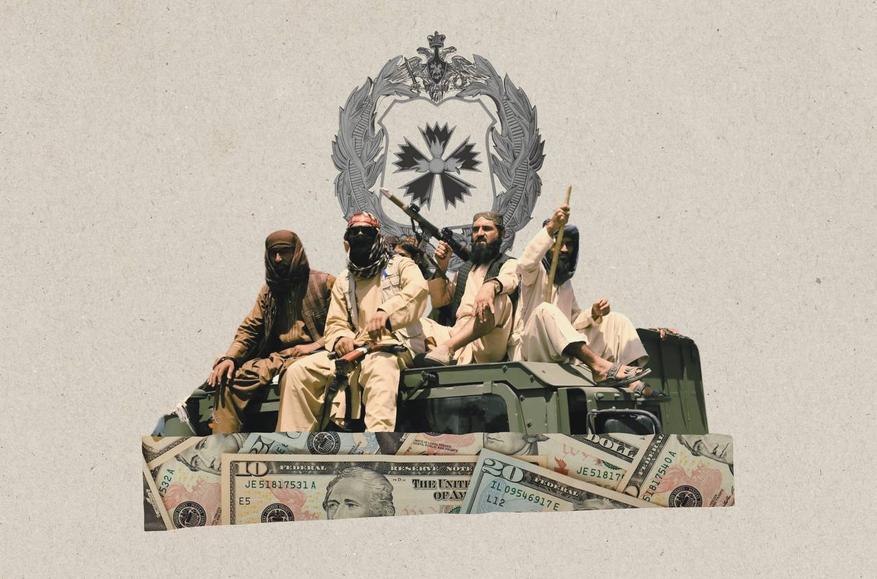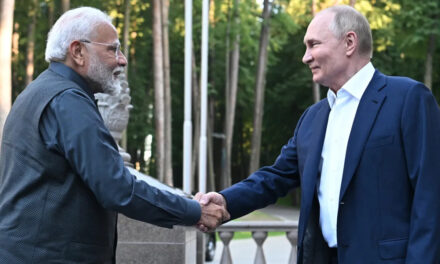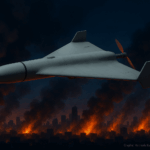The detailed account of the GRU’s covert operation to finance the Taliban’s attacks against U.S. personnel in Afghanistan highlights the complex web of international espionage, proxy warfare, and regional politics that defined the years leading up to the withdrawal of U.S. forces from the country. Key takeaways from the narrative highlight the scope and sophistication of Russian involvement with the Taliban, along with the implications for U.S. foreign policy and military operations.
On December 11, 2019, the attack at Bagram Airbase illustrates the immediate dangers U.S. personnel faced due to such covert operations, which involved vehicle-borne improvised explosive devices and armed insurgents utilizing tactical advantages of urban environments. The assault’s aftermath—injuries to U.S. personnel and civilian casualties—demonstrates the brutal reality of modern warfare and the collateral damage incurred during such conflicts.
The investigation into the GRU’s operations revealed a systematic effort to destabilize U.S. military presence in Afghanistan, an endeavor that evolved dramatically after 2016, coinciding with changing U.S. leadership and foreign policy strategies. The intelligence community’s revelations about the Russia-Taliban relationship underscored the duality of Moscow’s actions, simultaneously engaging needed cooperation with Afghan forces while covertly supporting the Taliban’s insurgent activities.
The methods of recruitment and financing employed by Unit 29155 signal a return to traditional means of political warfare, such as leveraging financial incentives—a tactic reminiscent of Cold War-era proxy conflicts. The use of Afghan networks for courier operations, facilitated by smuggling routes and front companies, illustrates the GRU’s tactical flexibility and its ability to exploit existing regional vulnerabilities.
Critically, while U.S. intelligence had an awareness of the ongoing operations, the response—or lack thereof—points to a policy paralysis influenced by political considerations. This hesitance to confront Russian aggression at a tactical level raises questions about the effectiveness of U.S. intelligence and defense strategies in mitigating foreign threats.
The aftermath of the U.S. withdrawal, coupled with the GRU’s efforts to keep ties with a now-resurgent Taliban, indicates a potential reshaping of geopolitical alliances in the region. Russia’s growing influence and its strategic partnerships may redefine the dynamics of power in Central Asia, particularly with respect to neighboring countries and any remnants of U.S. influence post-2021.
In summary, the account elucidates the intricate and often treacherous landscape of modern geopolitical conflicts, where intelligence operations are interconnected with military strategies, and where the traditional notions of warfare evolve into complex multidimensional engagements. The implications extend beyond immediate operational considerations, hinting at broader ramifications for U.S. foreign policy and national security in the years to come.
Read more at The INSIDER












